
The whole of India was aflame with the freedom movement. An air of anxiety was also brewing within the university, for, when everyone had hoisted the Union Jack, the flag of Britain, to greet his Excellency, a Tamil professor of the university had hoisted the Indian National Congress flag in the courtyard of his residence! And it was not even his personal residence, but the university's official quarters. ¹
The fallout of the explosive event does not concern us now. But who was this daring personality? He was neither a revolutionary nor an Indian in the usual term; adding to this he was a sannyasi! He was Swami Vipulananda from Sri Lanka. It is no revelation that whoever studied Swami Vivekananda became a fierce votary of freedom. The Sri Lankan swami was a great example for this influence.
Muthtamil Vitagar Swami Vipulananda Adigal, as he was known popularly in Sri Lanka, was a sannyasi of the Ramakrishna Sangha. The adjectives in his name denote that he was a venerable Tamil scholar in prose, music, and drama. Scores of statues in Sri Lanka today stand in honour of this icon of Tamil literature, of resurgent all-inclusive Hinduism, of culturebased education, of homes to the orphans and distressed run in ancient Gurukula set up, and of service to the downtrodden cutting across social barriers.
He was a multi-linguist, an eminent writer and poet both in English and Tamil, a researcher of ancient music, and a friend to all religious fraternities. In his rather brief life of 55 years (1892-1947), he scripted history in diverse fields and firmly established the Ramakrishna Mission in Sri Lanka, following the footsteps of Swami Vivekananda.
This story is from the {{IssueName}} edition of {{MagazineName}}.
Start your 7-day Magzter GOLD free trial to access thousands of curated premium stories, and 9,000+ magazines and newspapers.
Already a subscriber ? Sign In
This story is from the {{IssueName}} edition of {{MagazineName}}.
Start your 7-day Magzter GOLD free trial to access thousands of curated premium stories, and 9,000+ magazines and newspapers.
Already a subscriber? Sign In
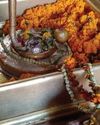
Panchakroshi Parikrama of Varanasi
At the snow-capped Kailas, the Divine Lord Shiva was seated with Mother Parvati.
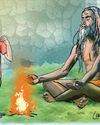
Gadai and the Monks
A fictional narrative based on incidents from the childhood of Sri Ramakrishna.
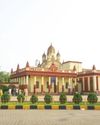
Chintayo momo maanosho Hori...
Sri Ramakrishna loved songs. There probably was no normal day when he did not sing some songs.
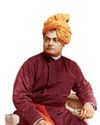
The Vedanta Vaccine
The world is still struggling under the impact of the pandemic due to Covid-19 for the last three years.

Chandrakirti's Chariot: Self in Madhyamaka Buddhism and Advaita Vedanta
The goal in Advaita Vedanta is the cessation of suffering and the attainment of true fulfillment. Suffering, according to this school, is due to ignorance of the true nature of the self and consequent erroneous identification with the body-mind.
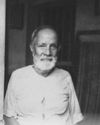
Reminiscences of Sargachhi
Question: यद्यदाचरतत श्रेष्ठसतत्तदरेवरेतरो जनिः। ‘Whatever a superior person does, others do the same thing!’ (Gita 3:21) – What does this statement mean?
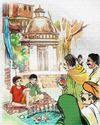
THE AUTUMN FESTIVAL
A fictional narrative based on incidents from the childhood of Sri Ramakrishna.

Bards of Guruvayur: Vilwamangalam II
Saints of India
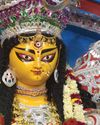
In the Universal Mother’s Divine Playground
Swami Vivekananda never taught the worship of Mother Kali. In a letter to Mary Hale he writes, “Kali worship is not a necessary step in any religion.
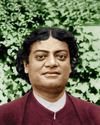
Swami Vivekananda: A Sportsman Par Excellence
In various books and articles, Swami Vivekananda has been called a spiritual leader, a prophet, a patriot, a social reformer, a philosopher, a yogi, a writer, an orator, an educationist, a musician, and so on.